Both dietary Clostridium autoethanogenum protein and Chlorella sorokiniana promoted growth and immunity
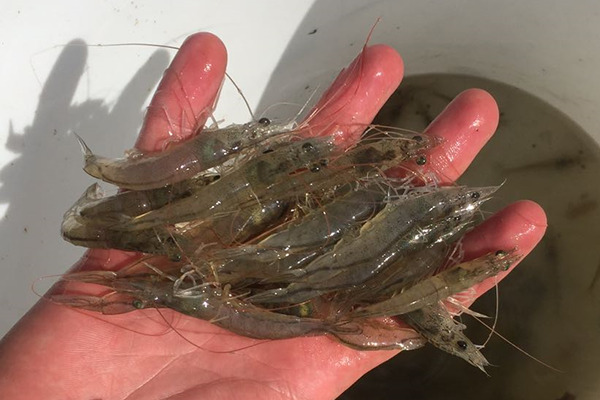
Numerous studies in recent years have indicated that various sources of plant and animal protein can be used as partial substitutes for fishmeal in Pacific white shrimp (Litopenaeus vannamei) diets. Researchers are increasingly interested in single-cell proteins (SCPs) because of their abundant protein and amino acid contents, as well as their richness in various nucleotides, minerals, vitamins and immune polysaccharides.
SCPs are also generally recognized as promising sources of protein as fishmeal alternatives. Microalgal proteins (MPs) such as Chlorella sorokiniana (CHL) and bacterial proteins (BPs) like Clostridium autoethanogenum protein (CAP), are both high-quality SCPs. Due to their many advantages, the usage of CHL or CAP in replacing fishmeal in diets has been reported in many aquatic animals.
This article – summarized from the original publication (Yuan, H. et al. 2023. A Comparison of Three Protein Sources Used in Medium-Sized Litopenaeus vannamei: Effects on Growth, Immunity, Intestinal Digestive Enzyme Activity, and Microbiota Structure. Fishes 2023, 8(9), 449) – reports on the results of a study with Pacific white shrimp (Litopenaeus vannamei) fed three experimental diets formulated using fishmeal, Chlorella sorokiniana, and Clostridium autoethanogenum protein (CAP) as the primary protein sources, respectively.
Study setup
This study was conducted at the indoor culture system at Zhanjiang Yuehai Aquatic Fry Co., Ltd. (Zhanjiang, China). It examined the growth, non-specific immunity, intestinal digestion, and microbiota of L. vannamei with an initial body weight of 3.68 ± 0.002 grams fed for eight weeks on three experimental diets (isoproteic: 41.00 percent; isolipidic: 7.61 percent) that were formulated using fish meal, Chlorella sorokiniana (CHL), and Clostridium autoethanogenum protein (CAP) as the primary protein sources, respectively.
The control diet consisted of fishmeal as the sole protein source, comprising 589 grams per kg. The two experimental diets were formulated using 492 grams per kg of CHL and 354 grams per kg of CAP as the sole protein source except fishmeal (150 grams per kg), respectively.
The shrimp were randomly stocked into nine, 300-liter fiberglass tanks and acclimated with commercial diets for one week before the feeding trial commenced. Animals were fed the experimental diets in three groups (fishmeal, CHL, CAP), with three biological replicates set up for each group. The shrimp were fed the experimental diets four times a day and the dietary intake was observed and recorded.
The original feeding regimen consisted of 10 percent of the shrimp’s body weight, with subsequent adjustments in the diet being influenced by the previous day’s feeding, as well as factors such as water temperature and weather conditions. The feeding trial lasted for eight weeks and took place in natural lighting conditions. The temperature of the culture water varied between 20.0 and 30.0 degrees-C, with a salinity range of 27–30 ppt. The pH levels ranged from 7.7–8.0, while the dissolved oxygen level remained above 6.0 mg per liter.
For detailed information on the experimental design, animal husbandry, experimental diets, data collection and analyses, refer to the original publication.
Results and discussion
Due to the excellent properties of SCP, an increasing number of studies are focusing on its potential application in the aquafeed industry. Our results showed that dietary CHL or CAP significantly increased immunological enzymatic activity and decreased the malondialdehyde (MDA; a frequently used biomarker of oxidative stress in many health problems) content in L. vannamei, suggesting that the superior performance of CHL and CAP is also applicable to L. vannamei.
Interestingly, it was also found that dietary CHL was significantly more effective than dietary CAP in improving the immunity of L. vannamei. This may be due to the fact that CHL has antibacterial, antioxidant, immune boosting, improved gut health, and anti-stress effects when compared to CAP, in addition to providing nutrients. This result was further confirmed via our intestinal microbiota analysis.
The degree of digestion and utilization of a diet by an organism can be determined using the activity level of digestive enzymes. Usually, the higher the digestive enzyme activity, the more fully utilized the diet. Our results showed that dietary CHL and CAP substitution for fishmeal significantly increased digestive enzyme activity in the intestine of L. vannamei, with CAP being more effective. This is consistent with the observed changes in growth performance and similar to prior studies, suggesting that dietary CHL and CAP may further affect the growth of L. vannamei by increasing digestive enzyme activities. In terms of growth benefits, dietary CAP was more advantageous than CHL.
Various studies have shown that changes in the type of dietary protein source can have a remarkable effect on the composition of the intestinal microbiota of L. vannamei at different levels. In general, dietary CHL significantly increased immune-associated beneficial bacteria and inhibited pathogenic bacteria in the intestine of L. vannamei, whereas dietary CAP mainly increased growth-associated beneficial bacteria at the phylum, family, and genus levels.
In our study, dietary CHL mainly affected the relative abundance of immune-related beneficial or pathogenic bacteria (e.g., Firmicutes and Proteobacteria), whereas dietary CAP mainly increased the relative abundance of metabolic function-related probiotic bacteria (e.g., Firmicutes and Planctomycetes), which was similar to the results of growth, digestive enzyme activities and immune-related enzyme activities. These results implied that CHL and CAP have great potential as immune-enhancing and fast-growing functional dietary protein sources, respectively. This is further supported by the variation in beneficial and pathogenic bacteria at the family and genus levels. In summary, both dietary CHL and CAP had an enhancing albeit distinct effect on the intestinal microbiota of L. vannamei.
Our software package function prediction of the intestinal microbiota showed that the top 10 significantly enriched functions were mainly related to amino acid metabolism, carbohydrate metabolism, energy metabolism and other metabolic pathways, implying that differences in dietary protein sources may be affecting the growth and immunity of L. vannamei by altering metabolism signal transduction.
Also, the fact that the functional abundance of signal transduction, cell motility and immune system was remarkably higher in the CHL group than in the fishmeal group suggested that dietary CHL may positively regulate the immune system of L. vannamei by affecting the expression of multiple immune-related signaling pathways. The results were also consistent with changes in immune-related enzyme activities and intestinal microbiota composition.
With finite supplies of marine protein to harvest, one company opts to farm it
Most researchers use more compelling experimental parameters to demonstrate the contribution of their findings to aquaculture production. However, we posit that in the actual production process, sustainability (environmental friendliness) and economic output are the decisive factors in determining whether a farmer is able to or willing to choose the product. In this regard, CHL and CAP appear to be superior to fishmeal and most protein sources in terms of sustainability because of the nature of their production processes (little consumption of natural resources and consumption of industrial human waste). This also allows them to be used for sustained periods in the large-scale intensive production of shrimp. However, when considering economic performance, this is not yet clear due to significant, historic price fluctuations of fishmeal.
CHL was one of the first microalgae to be commercialized due not only to its elevated protein and lipid contents, well-balanced amino acid composition, abundance of antioxidants, and anti-immune stress substances like beta-1,3-glucan, and growth-promoting factors, but also because of its exceptional sustainability and ability to swiftly proliferate and thrive in various water habitats, encompassing freshwater, brackish and saline water.
CAP is a secondary product that is generated during the process of producing fuel ethanol via fermentation in the steel-training sector. The CAP content is usually more than 72 percent of the biomass of C. autoethanogenum, and its amino acid composition is very homologous to fishmeal and is largely free of anti-nutritional factors and biogenic amines. In addition, CAP is rich in many minerals and vitamins, and the whole genome sequencing of C. autoethanogenum did not reveal toxic genes.
More importantly, both CHL and CAP have strong potential to be “environmentally friendly” compared to fishmeal. In particular, CHL can absorb nutrients and efficiently produce valuable bioproducts in various “wastewater streams,” including eutrophic water bodies, food industry effluents, agricultural wastewater streams, industrial wastewater streams, and municipal wastewater streams, because of its excellent nutrient uptake capacity.
Similarly, CAP consumes large amounts of carbon monoxide (CO) and carbon dioxide (CO2) during its production, which are enriched in industrial exhaust gases. Therefore, the large-scale production of CHL and CAP instead of fishmeal has two major benefits: on the one hand, it promotes the sustainable development of aquaculture; on the other hand, it protects the natural environment and contributes to global “carbon neutrality.”
Increasing research related to the advantageous use of CHL and CAP as an alternative to fishmeal will contribute to their rising demand, which in turn should contribute to continuous improvements of the CAP and CHL production processes and the expansion of their production scale, which will ultimately lead to an effective reduction in production costs.
Perspectives
Our results showed that the use of dietary CHL and CAP as the main protein source promoted growth, increased immunity and digestion, and improved the stability of the intestinal microbiota in L. vannamei; additionally, dietary CHL and CAP were more effective at enhancing the immunity and the growth of L. vannamei, respectively, compared to fishmeal.
Now that you've reached the end of the article ...
… please consider supporting GSA’s mission to advance responsible seafood practices through education, advocacy and third-party assurances. The Advocate aims to document the evolution of responsible seafood practices and share the expansive knowledge of our vast network of contributors.
By becoming a Global Seafood Alliance member, you’re ensuring that all of the pre-competitive work we do through member benefits, resources and events can continue. Individual membership costs just $50 a year.
Not a GSA member? Join us.
Author
-
Shuang Zhang
Corresponding author
College of Fisheries, Guangdong Ocean University, Zhanjiang 524088, China
Tagged With
Related Posts
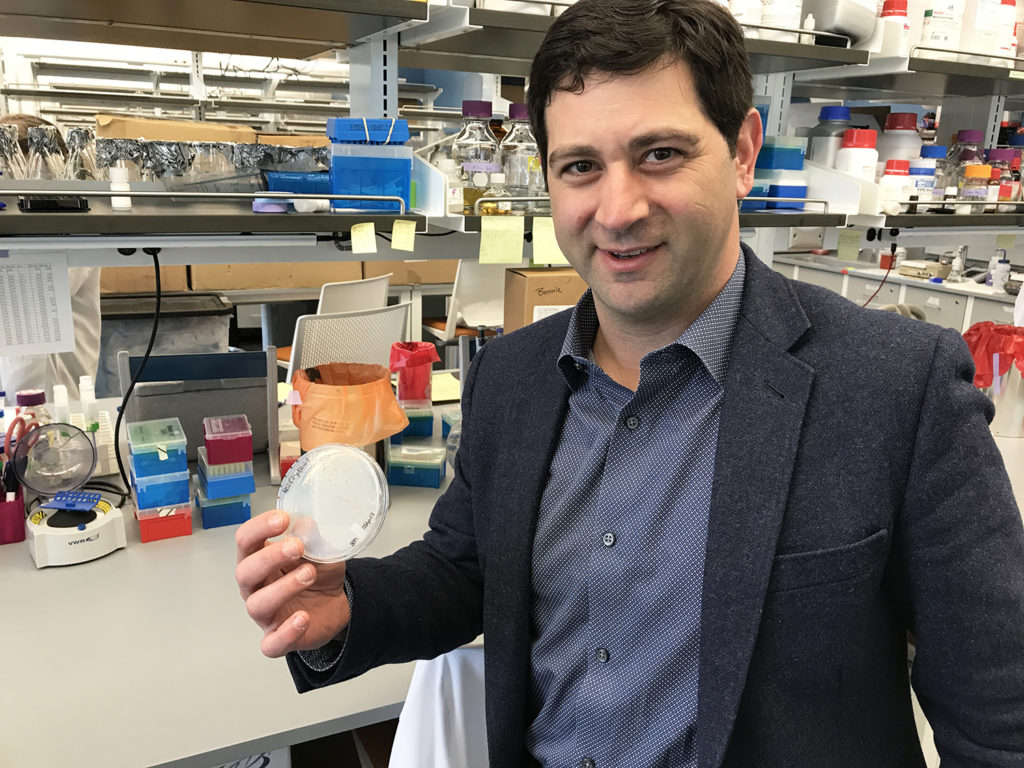
Aquafeeds
The pink powder that could revolutionize aquaculture
KnipBio, a Massachusetts-based biotechnology startup founded in 2013, is refining the manufacturing process for a promising aquaculture feed ingredient that may one day form the foundation of the food that farmed fish eat.
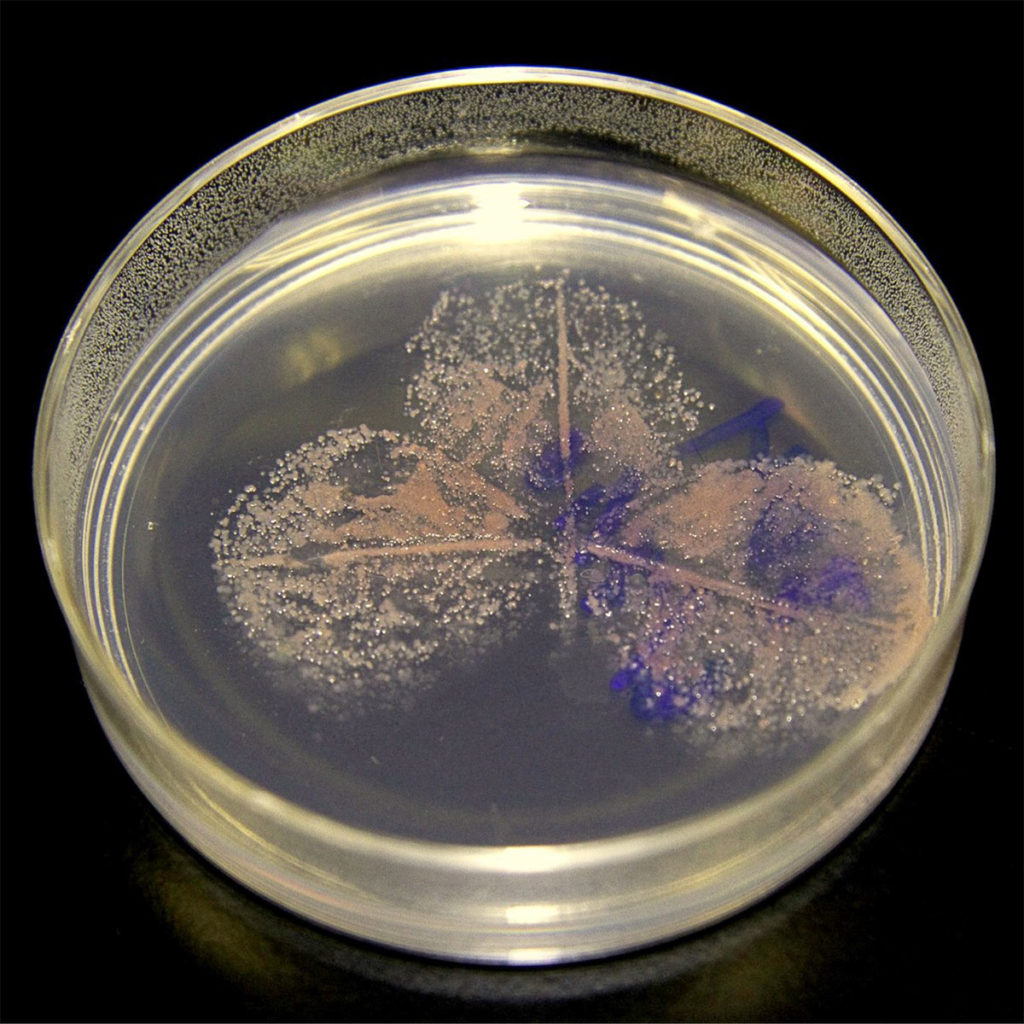
Aquafeeds
Single-cell protein aquafeed ingredient first to gain GRAS designation
Massachusetts-based biotechnology firm KnipBio is the first single-cell protein manufacturer serving the aquafeed industry to earn Generally Regarded as Safe designation from the U.S. Food and Drug Administration.
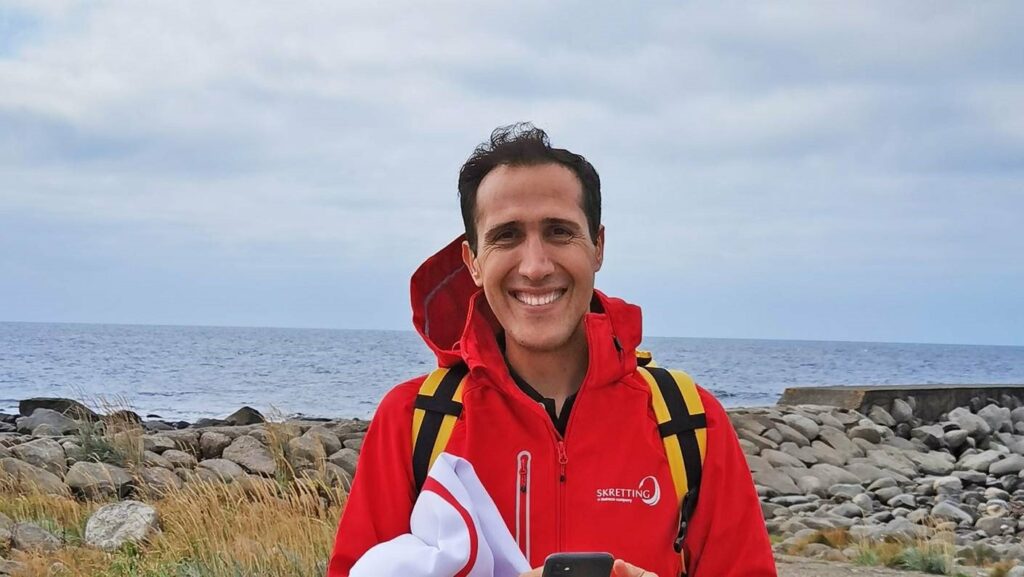
Responsibility
‘Do more and do better’ – Sustainability manager discusses Skretting’s ambitious agenda
Aquafeed giant Skretting recently appointed Jorge Diaz as its sustainability manager to advance its ambitious sustainability agenda.
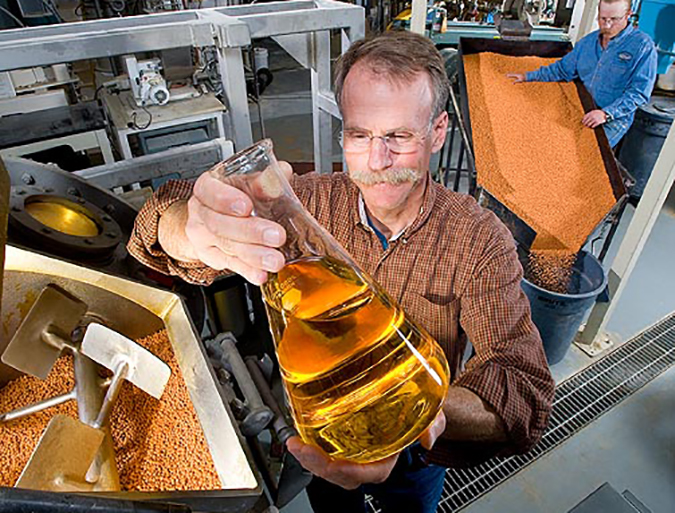
Aquafeeds
Aquaculture Exchange: Rick Barrows
After 14 years with the USDA’s Agricultural Research Service, Rick Barrows talks about the importance of finding ‘complete’ and commercially viable alternative sources of omega-3 fatty acids and continuing innovation in the aquafeed sector.



